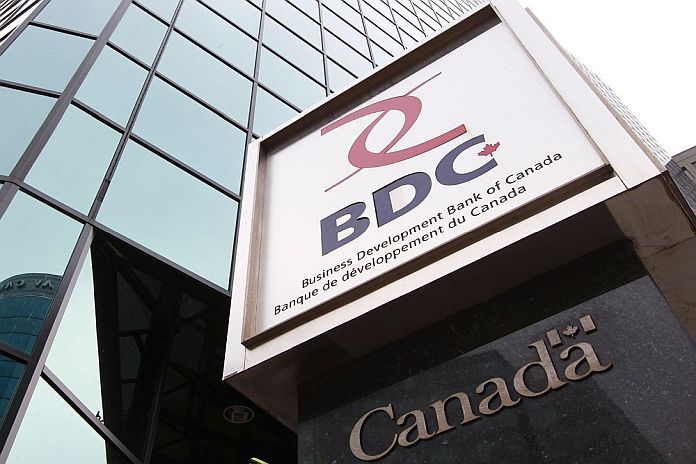MONTREAL, Canada – Historically, most recessions have been rooted in the manufacturing sector. However, the two recessions in Canada over the past two decades had a completely different origin. The first began in the financial sector in 2008, while the other was caused by a sharp drop in oil prices in 2014-15.
In 2020, the world is facing a new type of recession, one that began with a sudden stop in all non-essential consumption due to social distancing measures imposed by various governments in Canada and elsewhere around the world. The result has been massive job losses that will increase the magnitude of the economic contraction. What’s more the duration of the crisis is unknown. The only sure thing is that the longer people are confined to their homes, the greater the economic turmoil and liquidity challenges will be for individuals and businesses.
While an economic contraction is expected this year in countries around the world, Canada faces a second major challenge: The collapse of oil prices. A price war unleashed by Saudi Arabia and Russia has sent prices to generational lows and will add to the economic difficulties of oil-producing provinces. Our oil market update looks at the evolution of this situation.
In the midst of the coronavirus crisis, economic projections are difficult to make and are subject to significant revisions from week to week. Economic activity has declined sharply, with the exception of a few sectors such as food and other essential goods, and forecasters agree the contraction will be at an unprecedented rate. Some economists have drawn a parallel with a patient being put into an induced coma in an attempt to save his or her life. What policymakers are trying to avoid at all costs is that this planned economic shutdown leads to a vicious cycle over the longer term with negative effects on investment and business viability.
Canadian entrepreneurs are obviously well aware of the challenges they face. The proportion of entrepreneurs reporting a negative impact of COVID-19 on their operations rose from 39 percent in mid-March to 90 percent two weeks later, according to BDC surveys.
If the patient (the Canadian economy) recovers within a reasonable period of time, the economic rebound should be equally impressive. With this goal in mind, various levels of government have announced unprecedented measures in recent weeks to support workers and businesses.
A workforce locked at home
Just a few weeks ago, entrepreneurs were mainly concerned about labour shortages. The tide has never turned so quickly.
With the service sector accounting for nearly 80 percent of the country’s workforce, millions of Canadians are currently not working—especially those who interact with the public. Statistics Canada’s Labour Force Survey for March showed a record number of 413 200 unemployed people were added to the 1.1 million Canadians already out of work on average in 2019, an increase of 36 percent. Since the survey was conducted during the week of March 16, we can expect another significant jump in job losses due to COVID-19 in April. Indeed, the Canadian government reported that for the period of March 16 to 25, 1.6 million Canadians made new unemployment claims.
Depending on how long the crisis lasts, the unemployed could quickly return to work. However, consumer confidence is likely to be shaken for several months, even in the best of cases.
What does it mean for entrepreneurs?
- This is the challenge of a generation. The key issue is liquidity to survive the crisis. It’s imperative to be familiar with the government assistance programs your business may be eligible for in order to navigate these troubled waters.
- In addition to measures offered by the federal government, it’s worth checking out what your provincial government is offering.
- In the best of cases, the recovery will begin in the third quarter. However, the situation is evolving rapidly and economic forecasts remain even more tentative than usual. The current battle is first and foremost against the virus and its health effects. We will, therefore, have to be patient and realistic, but also be ready to take advantage of the desired rebound.
- BDC chief economist Pierre Cléroux and senior business advisor Alka Sood recently recorded a webinar, offering our outlook for the economy and tips on how you can best deal with the crisis in your business.





